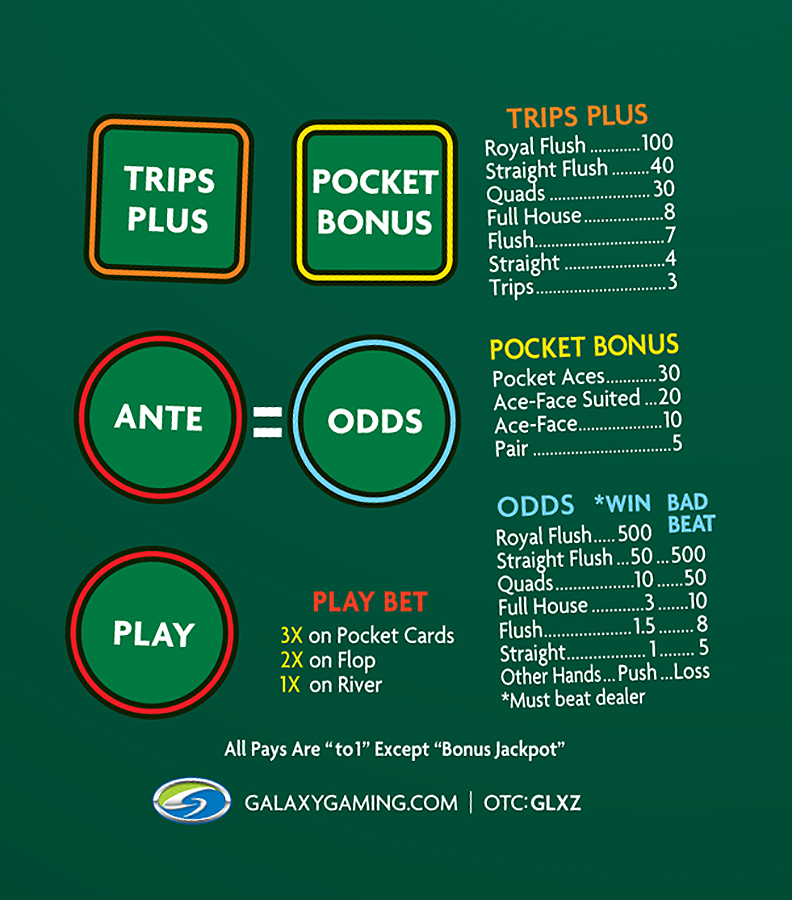

You must look at the PFR measure to understand the reasons behind his action. If a player with VPIP of 70 raises preflop, you have no idea what he actually holds based on his VPIP alone – maybe he limps in with all kinds of trash, but raises his solid hands. Be mindful of the difference between VPIP and PFR (pre-flop raise, the next HUD statistic I explain).Similarly be careful if a positionally aware player raises an unopened pot in late position – there is a higher than usual chance he is attempting to steal the blinds. Exploit their neglect and don’t give them credit for a big hand just because they entered in early position. Many players however, especially at the Low and Micro Stakes, don’t consider position when entering a pot. Always check the positional awareness of your opponents – a thoughtful player will be increasingly tighter in earlier positions.When guided by the VP$IP HUD stat, make sure you do the following: Don’t try to hit a magic VPIP number, instead focus on playing a fundamentally solid game and exploit your opponents’ mistakes and general weaknesses.

For example, at loose tables with little raising preflop you should open up your game and limp more with small pairs and suited connectors, while at tough tables you need to tighten up your starting hand selection. This actually depends on your style of play and the particular table circumstances. Your best and easiest pray are the extremes – ultra nitty players with VPIP under 10 and maniacs who play almost every hand (and on the Low and Micro Stakes you’ll find plenty of both types). Generally, the shorter the table, the looser the action.Īt a Full Ring table a VPIP between 16-22 is considered good for a tight-aggressive player, while at 6-max table the range shifts to 22-30. Well, it depends on the number of players at the table and their playing styles. What kind of player corresponds to what VPIP range? In order to translate the percentages into actual hands, consult and study the table of hand ranges posted below. VPIP is the single most important poker HUD statistic at your disposal, as it tells you the willingness of an opponent to get involved in play and from that you can deduce the range of his possible hands. This particular measurement converges quickly and becomes reliable after about 100 hands. Stands for Voluntary Put Money In Pot and displays the percentage of hands the player puts money into the pot preflop, without counting any blind postings.


 0 kommentar(er)
0 kommentar(er)
